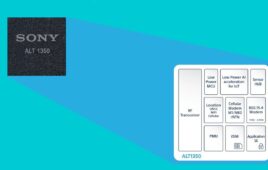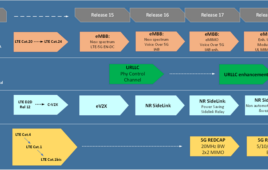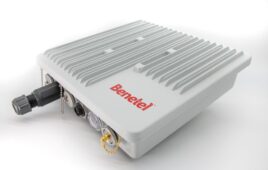Sequential smartphone shipments dropped sharply in the first quarter of 2016 thanks largely to market saturation, a new report from TrendForce indicates.
According to the report, worldwide smartphone shipments were down 18.6 percent from the prior quarter and dipped 1.3 percent year over year.
TrendForce said shipment figures, which used to lean heavily on blockbuster numbers from Apple and Samsung, depended more heavily on contributions from Chinese brands in the first quarter as well as growing demand in up and coming markets like India.
According to TrendForce smartphone analyst Avril Wu, the first quarter marked the first time combined shipments from Chinese brands surpassed the combined shipments from Apple and Samsung. At 125 million units, TrendForce figures indicate Chinese brands accounted for 42.9 percent of global smartphone shipments in the quarter. That percentage was up from 41.5 percent the prior quarter.
Apple had a particularly dismal quarter, with shipments plunging 43.8 percent from the previous quarter. According to TrendForce figures, Apple shipped just 42 million units this quarter compared to 75 million in the fourth quarter 2015.
TrendForce said it has lowered its iPhone shipment estimate for the full year 2016 to 213 million units, down nearly 10 percent from the previous year.
“As the budget model, iPhone SE will support Apple’s overall shipments in the second quarter before the next major iPhone release,” Wu said. “However, iPhone SE is going to face severe price competition from Chinese branded products in its target market, which is the mid-range device segment. This year’s iPhone SE shipments are projected to come in below 15 million units and they are unlikely to help turn around the weak annual shipment result for Apple.”
Rival Samsung faired a bit better in the first quarter.
The early release of the new Galaxy S7 and S7 Edge gave the company a boost, allowing it to ship 81 million units for an increase of 2.5 percent over the previous quarter. TrendForce said it has raised Samsung’s 2016 shipment forecast to 316 million units, for a total that is nearly flat year over year.
Both Apple and Samsung are facing increased competition from Chinese smartphone brands, particularly Huawei, which recently said it’s hoping to crack into the top two market share slot within the next ten years.
Though Wu said Huawei isn’t likely to reach its goal anytime soon, she said the market share gap between Huawei and Apple is “expected to narrow with each passing year.”
In the first quarter, Huawei did gain some ground on Apple as the iPhone-maker slipped further behind Samsung in market share. In terms of market share, Samsung led the quarter with 27.80 percent, followed by Apple with 14.40 percent and Huawei with 9.30 percent. Samsung’s market share was up from 22.10 percent and Apple’s was down from 20.90 percent in the first quarter 2015.
The top three Chinese smartphone brands in terms of shipment figures for the quarter were Huawei with 27 million units shipped, Lenovo with 17 million units shipped and Xiaomi with 16 million units shipped.




